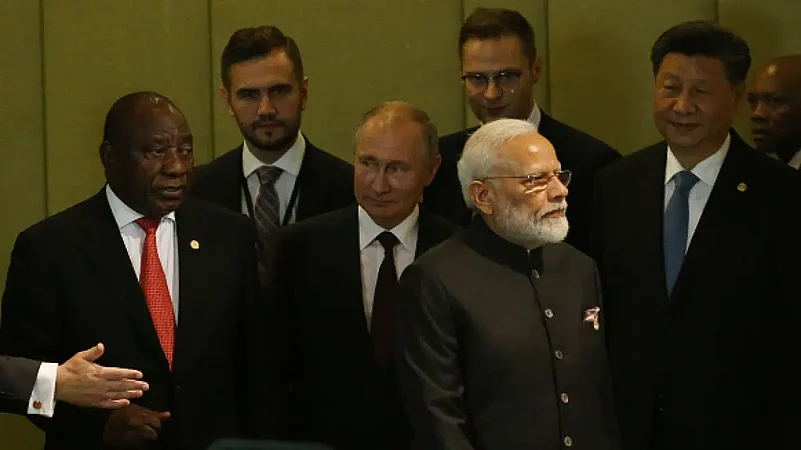India-China relations have gone into a deep freeze following the military confrontation between the two Asian giants in the summer of 2020. Delhi had insisted that it could not be business as usual till the Chinese withdrew to positions they held before the intrusions. Beijing on the other hand was keen that while the Corps commanders on the field could negotiate and settle the problem relations should continue as normal. India stood its ground.
However, the latest pullback of troops from the Gogra Hot-Springs area, the last major friction point between the two armies ahead of the Shanghai Cooperation Organisation summit this week, has led to speculations of a possible thaw. Unlike the BRICS and RIC summits which both Modi and Xi addressed virtually, this will be the first in-person meeting. In fact, the visit to Uzbekistan will be Xi’s first trip abroad since the world went into isolation following the pandemic.
Have the decks been cleared for a possible meeting between Prime Minister Narendra Modi and President Xi Jinping in Samarkand? Officially the MEA has said nothing. In most cases, bilateral meetings during multi-lateral jamborees are sometimes announced at the last minute. India-China relations are at a juncture where without political intervention at the highest level no breakthrough can be expected. Samarkand offers the perfect opportunity. But is China in a mood to mend ties with India?
Certainly not, say most analysts. "No such thing. China is not mending or wanting to mend fences with India,’’ says Gautam Bambawale, India’s former ambassador to Beijing.
Ex-foreign secretary Kanwal Sibal points to the fact that a lot of spade work needs to be covered for a meeting at the highest level. ``A preparatory agenda has to be laid out months ahead. I don’t see any bilateral meeting taking place during the SCO.’’ So far there is no indication that either side is interested. "In India any meeting between Modi and Xi will raise expectations and if there are no breakthroughs questions will be raised,’’ he adds. He points to the fact that critics and the opposition have often asked what Modi got from his two well-published meetings with Xi. Sibal agreed that in principle it is good for leaders to meet to know each other’s minds.

There is no indication that Modi and Xi will hold a bilateral conversation on the sidelines of the SCO. But a pull-aside is always possible, a person familiar with such meetings said. Pull asides in diplomacy when one leader has a short unscheduled and unstructured conversation with another leader at a multilateral event.
A breakthrough in India-China relations seems unlikely at the moment, considering the level of distrust between the two neighbours. Ever since the 1962 border war, Indians have been suspicious of Chinese motives. Frequent incursions across the LAC both in the eastern and western borders have added to the distrust. The hand-to-hand fight between Indian and Chinese soldiers leading to the death of 20 Indians including the commanding officer has further aggravated the situation.
The Corps Commanders talks that were announced to deal with the disengagement, led to the initial drawback of troops from north and south Pangong Lake in February 2021. This was followed by a withdrawal from Patrolling Point 17(A) in August 2021, and finally from the Gogra Hot-Springs area on Monday. But the decision to withdraw from the Gogra Hot-Springs was taken at the sixteenth round of Corps Commanders talks on July 17. The actual pullback happened between September 8 to 12. No one knows why the long wait. Though the soldiers have gone back from the earlier eyeball-to-eyeball confrontation on the friction points, nearly 50,000 troops on each side remain deployed in forward areas along the LAC.
Additionally, friction points remain in Demchok and Depsang areas. Strategically the Depsang plains are of great importance and the Chinese are several kilometres inside Indian territory, blocking India’s access to at least five patrolling points. Considering these points, India and China ties will remain cool for some time.
















